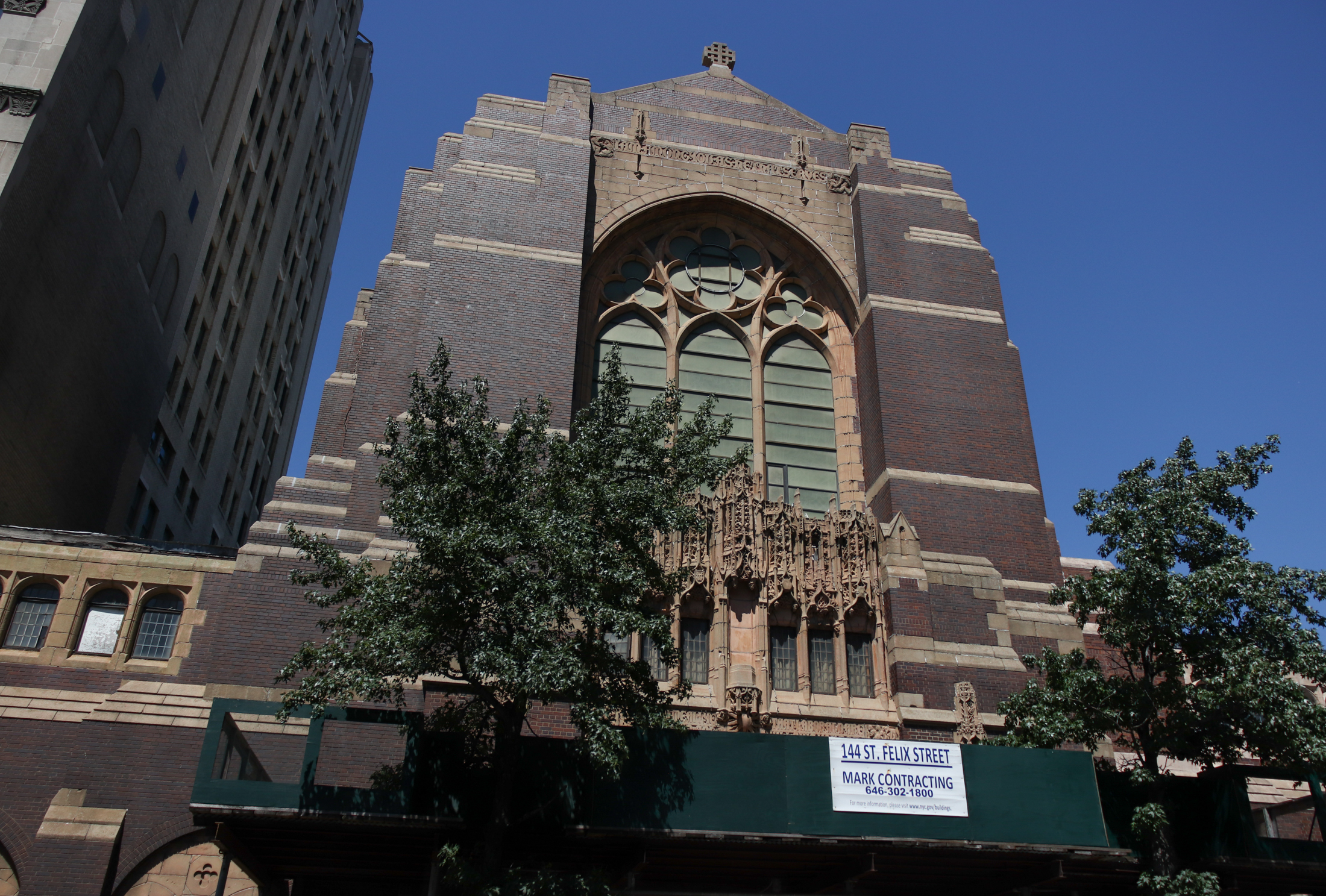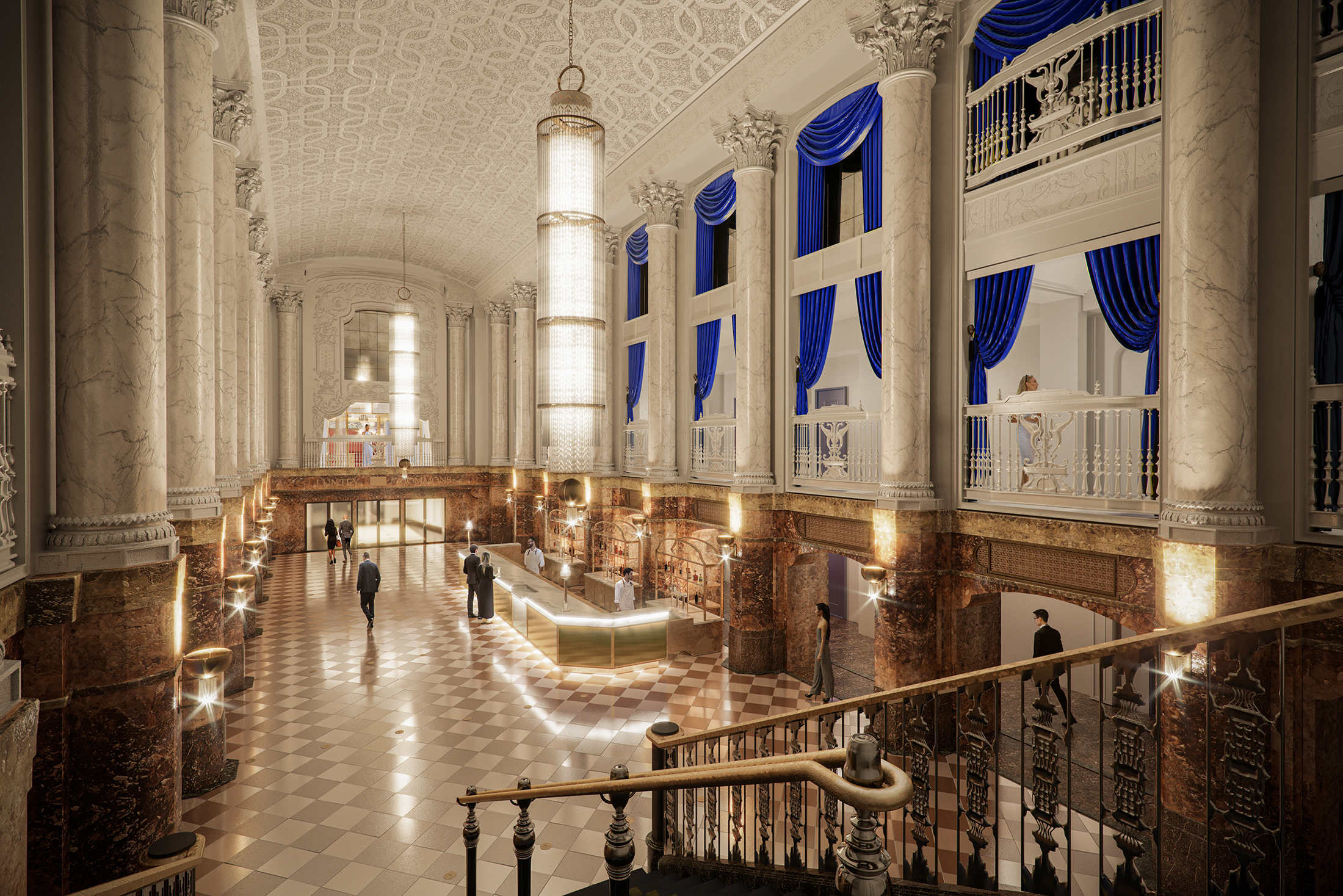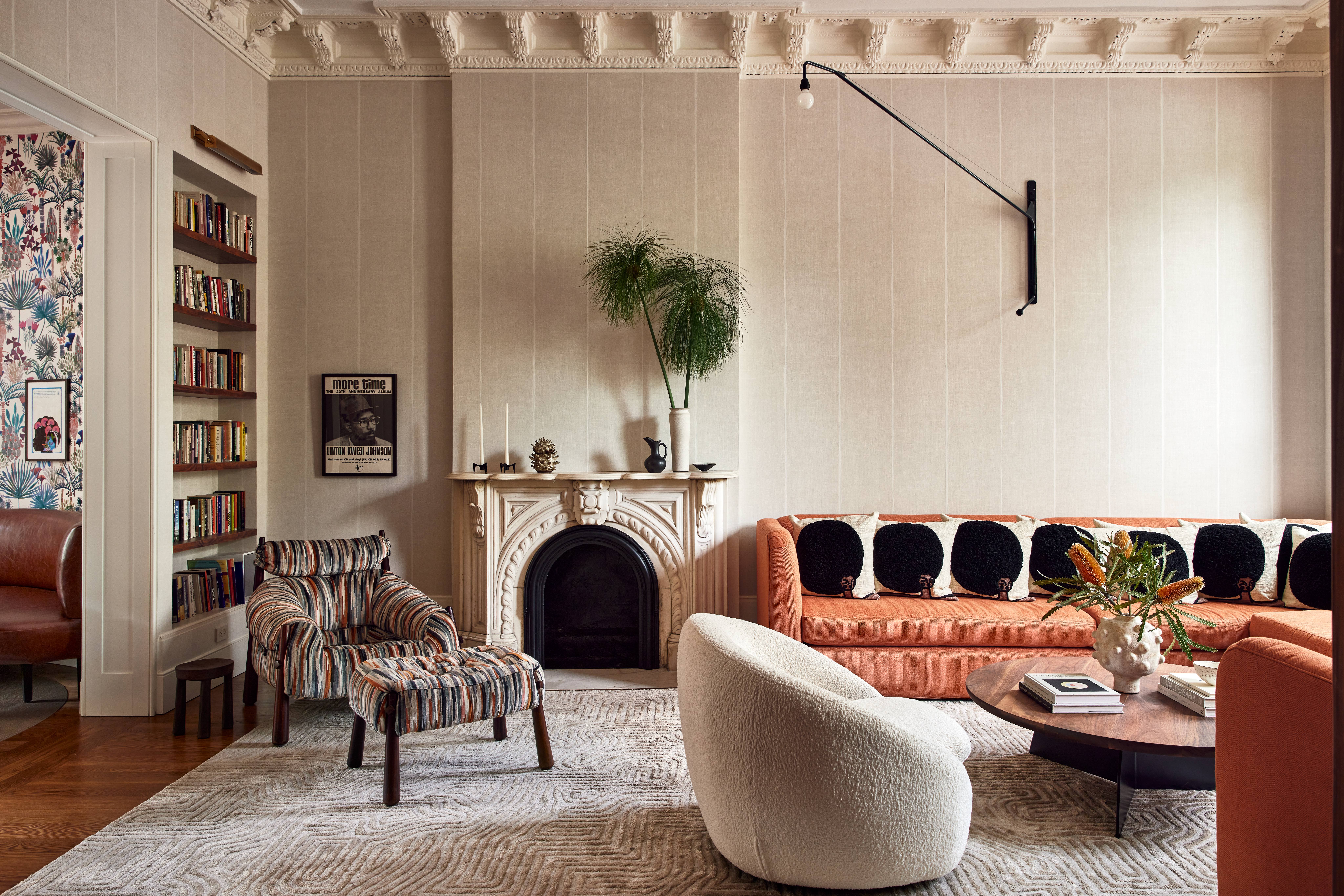Building of the Day: 205 Dekalb Avenue, Home of Pioneering Doctor Susan Smith McKinney
Brooklyn, one building at a time. Name: Row house Address: 205 Dekalb Avenue Cross Streets: Carlton Avenue and Adelphi Street Neighborhood: Fort Greene Year Built: 1860s Architectural Style: Italianate Architect: Unknown Landmarked: Yes, part of Fort Greene Historic District (1978) The story: Some of our architecture is notable for its beauty, some for its ugliness….
Brooklyn, one building at a time.
Name: Row house
Address: 205 Dekalb Avenue
Cross Streets: Carlton Avenue and Adelphi Street
Neighborhood: Fort Greene
Year Built: 1860s
Architectural Style: Italianate
Architect: Unknown
Landmarked: Yes, part of Fort Greene Historic District (1978)
The story: Some of our architecture is notable for its beauty, some for its ugliness. Sometimes we’re drawn by the genius of a building’s designers and craftsmen, its functionality, or just the sheer awesomeness of it. And sometimes, we note a building because of who lived there.
Twin houses 205 and 207 Dekalb Avenue were part of the residential building boom of the 1860s, when Fort Greene seemed to spring up almost overnight.
A robust post-Civil War economy spurred the expansion of Brooklyn, creating homes for a new middle class of merchants and small business owners, white-collar workers and others eager to live in this fast-growing city.
Like most of the houses built at this time, these were in the Italianate style; they were classic brownstones with heavily carved window and door hoods, tall stoops, overhanging wooden cornices and substantial entryways with carved brackets flanking tall, elegant wooden doors.
Dekalb Avenue became a primary transportation conduit, designed to be both residential and commercial. Over the years, many of the residences became both, with storefronts on the ground floor and apartments above.
No. 207 lost its stoop and gained a front extension for a double-story storefront. No. 205 remained a single-family home through the end of the 19th century, at least.
Photo by Google Maps
At various times — particularly during the 1950s and ’60s — many homeowners have misguidedly thought that removing the decorative elements on the façade would “modernize” their buildings, or at least cut down on repair costs. All of the Italianate elements on this house were removed, except for the cornice.
But the significance of this house is not in the architecture, it’s in the inhabitants. From at least 1890 to 1894, 205 Dekalb Avenue was home to the family of Dr. Susan Smith McKinney — the first African-American woman doctor in New York.
Susan Smith was born in 1848, the seventh of 10 children born to Sylvanus and Ann Springsteel Smith. Sylvanus Smith was one of the most important African-American leaders of his day. Some accounts call him a “hog driver,” while others say he was a prosperous pork merchant.
Sylvanus Smith. Photo via Brooklyn Historical Society
Whichever he actually was, as a black man in pre-Civil War Brooklyn, he was doing quite well. He was a respected community leader and leading abolitionist. Most importantly, he was a landowner, which meant he could vote.
Sylvanus Smith, along with Henry C. Thompson, another prominent black leader, purchased land from the Lefferts family and others, reselling some of it to other black people. Some of those parcels went to James Weeks, and became the nucleus of the Weeksville community.
Susan Smith was born to a family of high achievers. Her early education was in music, a talent she used throughout her life. But she wanted to be a doctor, and in 1867 entered the New York Medical College for Women.
She graduated in 1870, the valedictorian of her class, and became the first African-American woman to earn her M.D. degree in the State of New York, and only the third in the United States.
Dr. Susan Smith McKinney Steward. Photo via Wikipedia
She married Rev. William G. McKinney, and the couple had two children. McKinney had her own practice from 1870 to 1895. She cofounded the Brooklyn Women’s Homeopathic Hospital and Dispensary. It served Brooklyn’s black community at a time when many hospitals did not.
She completed postgraduate work at Long Island College Hospital, and was on the board of the Brooklyn Home for Aged Colored People. She also practiced at New York Medical College and Hospital for Women, in Manhattan. She specialized in prenatal care and childhood diseases, and was often called on to give papers on these topics.
McKinney also found time to be musical director and choir leader of her church. She was a co-founder of the Women’s Loyal Union, an African-American social club for women, and a member of the Equal Suffrage League of Brooklyn.
Her home at 205 Dekalb was used for club meetings and events. She hosted an art show here in 1893 that featured black artists. Her daughter was married while they lived here.
Because of all of her work in Brooklyn, McKinney was well known in both black and white society here, and was one of the city’s most prominent and respected women. The Brooklyn Eagle forgot to mention she was “colored” half the time, a remarkable thing for the day.
Rev. McKinney, who was an older man, died in 1892. Dr. McKinney stayed at this address for at least two more years. In 1896, she married Theophilus Gould Steward, a minister and U.S. Army chaplain. They left Brooklyn and spent several years in the western United States.
The couple then settled in Ohio, at Wilberforce University, where she and her husband both taught. McKinney — now Dr. Susan Smith McKinney Steward — lived there for another 22 years.
She died in 1918, and finally came back to Brooklyn forever. She’s buried in Green-Wood Cemetery. Her gravesite is always pointed out in tours.
Dr. McKinney was a remarkable woman whose expanded story will be told more completely at another time. She has been honored with schools, nursing homes and other facilities named after her. There should be a plaque here at 205 Dekalb Avenue as well.
Photo by Nicholas Strini for PropertyShark
Top photo by Nicholas Strini for PropertyShark














Great history…..
I rarely read about African Americans that thrived and became successful in Brooklyn.
Thank you for sharing this story….
Fascinating history, thanks. And yes for the plaque!
I totally agree that plaques should be placed on the homes of notables who hold a place in history, particularly, African Americans. Good share Suzanne.